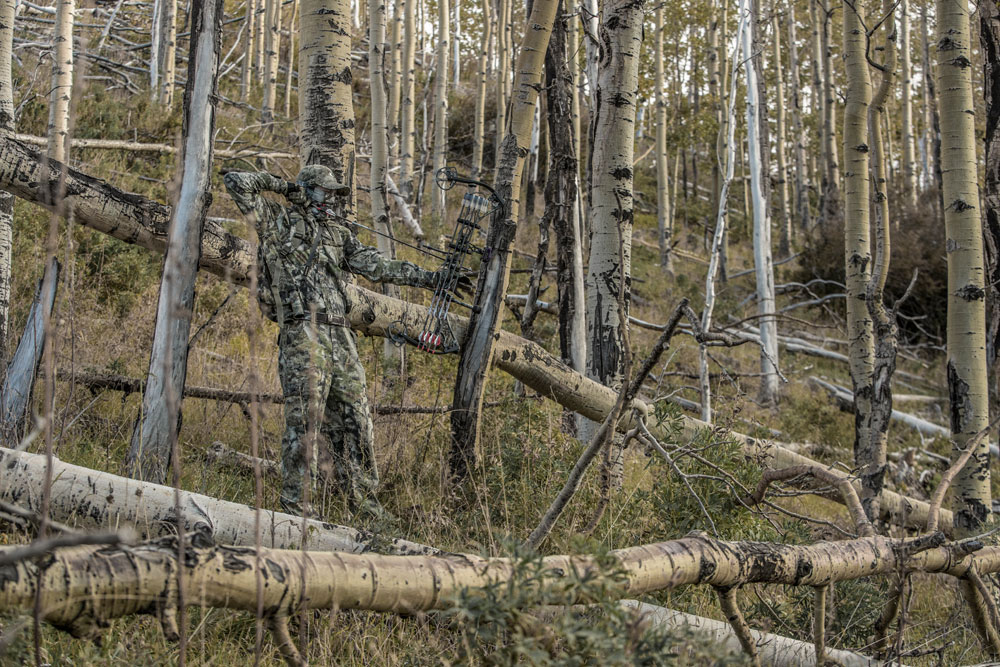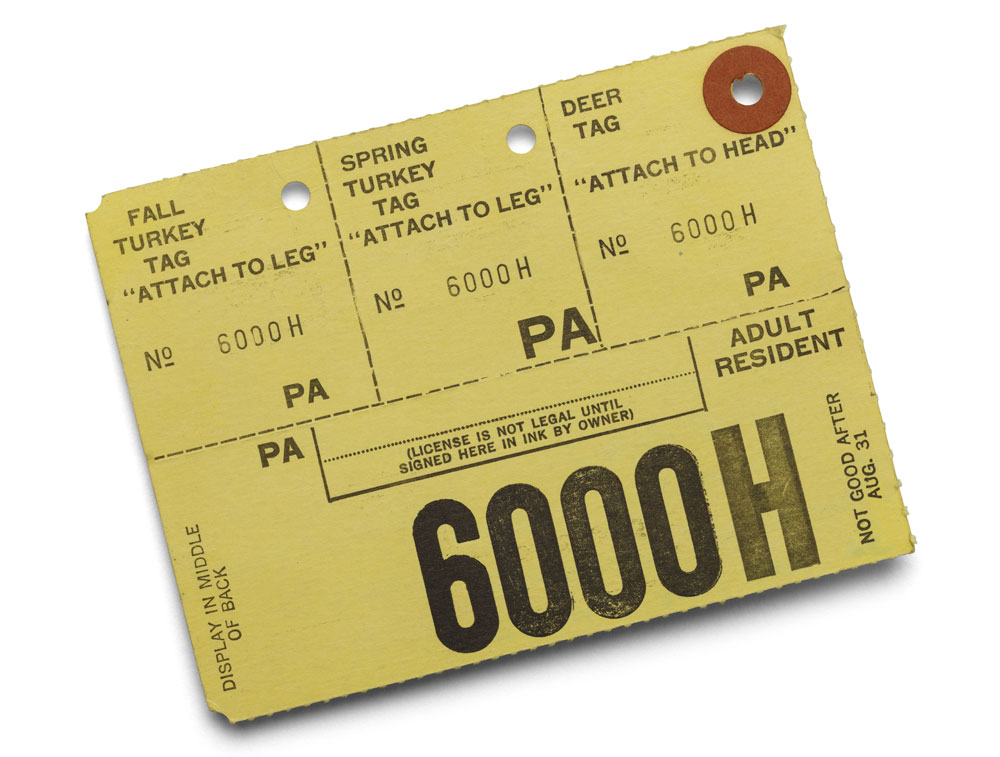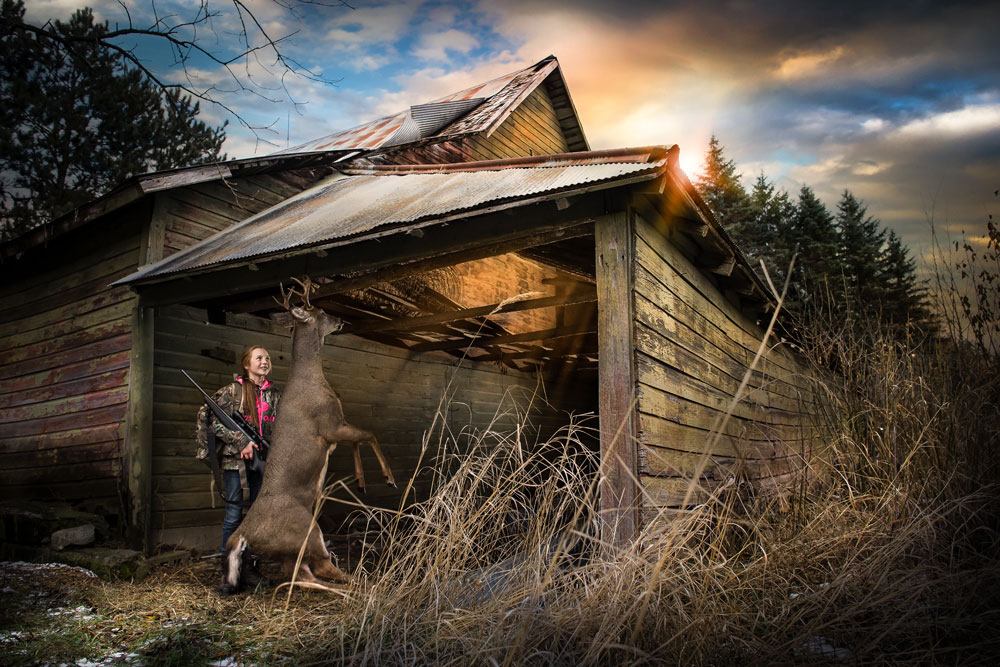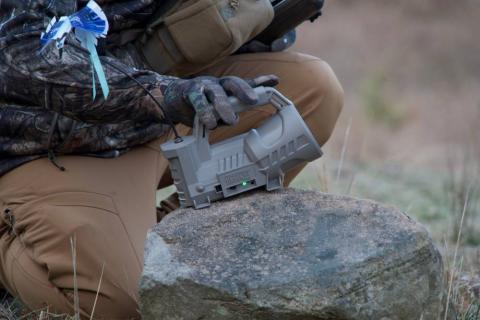Hunting tags differ from your basic hunting license in that they carry specific restrictions. Whereas your hunting license will allow you to hunt most small game animals, a tag is often necessary and legally required for big game.

How Do Hunting Tags Work?
Acquiring one tag means you have the legal right to kill one specific animal. The tag comes with detailed limitations on where you can hunt, when you can hunt, and what you can hunt.
If you’re applying for a buck tag during deer hunting season in your state, then your tag gives you the right to kill a male deer, with a specified number of points on its antlers. There will also be specifications surrounding the style of hunting you’re allowed to do. The buck tag might be restricted to bow hunting season, meaning you can only kill the buck using a bow and not with a rifle.
The tag is a physical document you must carry with you while you’re hunting because if you have a successful hunt, you’ll need to attach the tag to the animal immediately. Once you do this, there is information about the kill that needs to be filled out on the tag, including the date and time of the kill. This system helps sustain the environment and ecosystems by protecting vulnerable species while preventing overpopulation.
The Process of Getting a Tag
Not everyone who applies for a hunting tag will receive one. It’s a competitive pool at times, and there are some cases where being chosen in the lottery for a tag is a once in a lifetime opportunity. This is because tags are distributed in limited numbers. Sometimes that limit is a certain number of tags per person, and other times it’s a total number of tags available for that animal for that particular season.
Often tags are drawn before the actual hunting season, so applying for a tag is something that requires forethought. Your chances of being selected in the draw improve over time.
The Benefit of Antlerless Tags
While most people think of applying for bucks or bull moose tags, it's incredibly beneficial for hunters who want a good chance to bring something home to consider applying for antlerless tags. This means entering the draw to hunt the young and the species’ females, which is somewhat more likely because there are typically more females than males. The state can control the deer population through how many tags are awarded each respective season.
Where to Hunt
The best states for hunting whitetail deer include Iowa, Texas, Indiana, Wisconsin, Kansas, Kentucky, Ohio, Missouri, and Mississippi. These states boast large deer populations and vast land available to the public for hunting (as long as you are licensed). It’s essential always to double-check the hunting season dates for the state you intend to visit, as they do vary and there are severe penalties for a kill that’s out of season.
Additionally, you’ll want to confirm when it’s rifle season and when it’s bow season because they’ll occur at different season times. There is a strict stipulation on how you can perform a kill, whether you’re filling a tag or just hunting with a license.
Who Should Apply

Individuals who are interested in only hunting small game like rabbits and squirrels don’t typically require a tag—only a valid hunting license. Certain birds like turkey, quail, and duck are the exceptions where an additional hunting tag or stamp needs to be acquired.
However, if you’re seeking to hunt big game in a specific area, you’ll likely want to research which tags you would like to apply for based on the size, age, sex, and animal species you would like to hunt. If you are a committed hunter who makes the most of the season, applying for a big game tag is worth your while.
While some species are plentiful enough that tags can be sold over the counter at stores, the lottery tags are much more challenging to acquire. As the name suggests, this is the luck of the draw. But, the longer you have been applying for a lottery tag (say, for bull elk), the better your chances are of being selected to receive a tag.
There is a bonus points system in place that awards a point to anyone who does not receive a tag that year, to carry over to the next season’s draw. Some states use the bonus points system while other states use preference points.
The system is similar, in that a hunter who is not awarded a tag one year receives a preference point for the next season, but, unlike with the bonus points system, preference points don’t add your name to a draw more times. Instead, a preference point equals automatically receiving one tag allocation the following season.
This system is in place in states like California, Colorado, Wyoming, and Pennsylvania. With both systems, the sooner you begin applying for big game lottery draws, the better your odds of walking away with the tag you want.
The rules for tags and the award system vary by state. For example, there’s a vast difference in how Michigan and Colorado distribute tags because each state has its own unique wildlife population.
The Price of Tags

The price of tags varies by state and depending on the animal. Knowing this gives you the flexibility to decide which tags you want to apply for based on the budget that works for you.
In the state of California, the cost varies drastically, from $3 for a resident bobcat tag to $1,300 for a non-resident elk tag. If you choose to hunt in a state where you are not a resident, typically, the cost for a tag will be higher.
If you’re interested in big game hunting and plan to dedicate time this hunting season to filling your allotted quota, it may be worth it to pay the fees of entering a draw or merely purchasing a tag. Remember that the longer you’re involved in the lottery draws, the better chance you have of receiving the tag you want, so it’s best to get in as soon as possible.






























